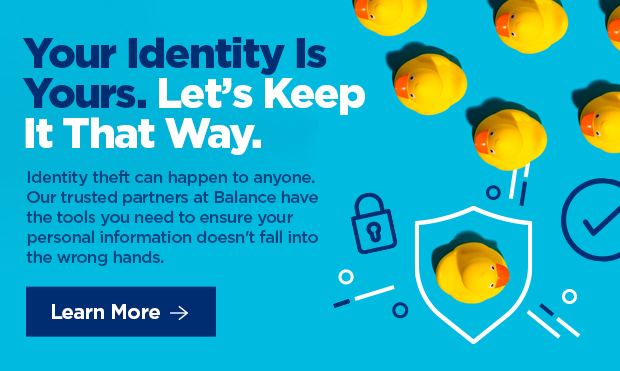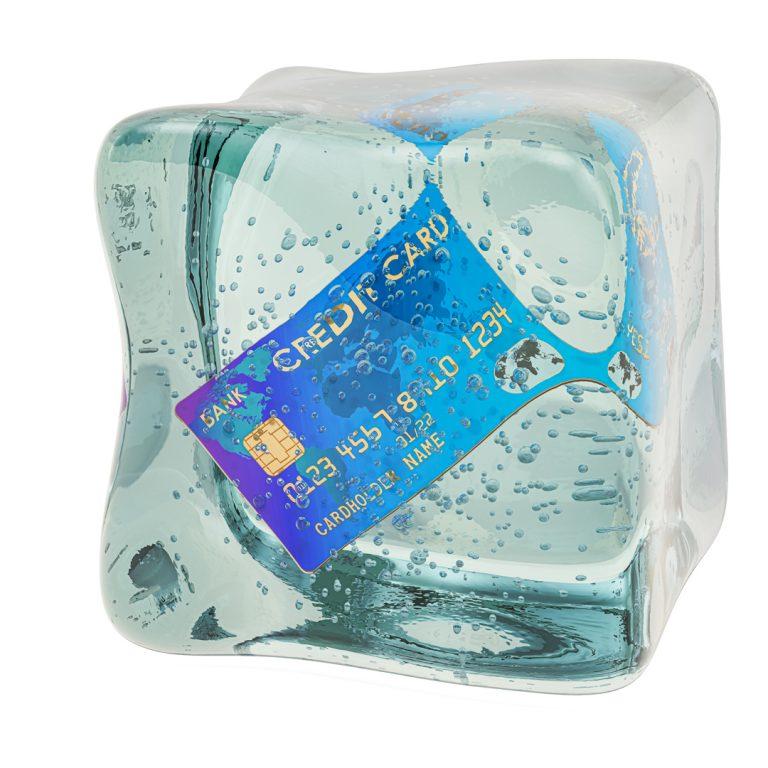In today’s digital age, protecting your financial information from identity theft is more crucial than ever. One powerful tool for safeguarding your credit is a credit freeze, but many people are unsure what it entails or when to use it. Let’s take a closer look at credit freezes, how they work and when and how to implement one on your own accounts.
What is a credit freeze?
A credit freeze, also known as a security freeze, is a measure that restricts access to your credit report. When a credit freeze is in place, most companies cannot view your credit file or open new accounts in your name. This makes it difficult for identity thieves to take out loans, open credit cards or secure any other credit products using your information.
How does a credit freeze protect you?
A credit freeze is one of the most effective tools for preventing new account fraud, especially if you suspect your personal information has been compromised through identity theft. Since most lenders or creditors won’t approve a new credit application without being able to check your credit report, freezing your credit can stop unauthorized access and prevent criminals from opening fraudulent accounts in your name.
What’s the difference between a credit freeze and a credit lock?
A credit lock and a credit freeze both restrict access to your credit report, but there are key differences in how they work and how they are managed:
Credit freeze
Involves verifying your identity through each credit bureau (Equifax, Experian and TransUnion) individually. It provides strong protection and is free to place, lift and remove.
Credit lock
A feature offered by the credit bureaus themselves, often as part of a paid service. Unlike a freeze, which is protected by law, a credit lock is managed through an app or online portal, making it easier and faster to unlock or lock your credit. However, it may come with a fee and does not have the same legal protections as a freeze.
Both tools offer protection, but a credit freeze is generally regarded as more secure because it is mandated and protected by law.
When should I place a credit freeze?
You might consider placing a credit freeze under one of these circumstances:
- After being the victim of identity theft or a data breach. If your personal information has been stolen or exposed in a data breach, freezing your credit can prevent thieves from opening accounts in your name.
- If you don’t plan to apply for new credit for a long while. If you don’t plan to apply for new loans or credit cards in the near future, freezing your credit can be a proactive way to guard against fraud.
- To protect the vulnerable, such as children or the elderly. Placing a credit freeze on a child’s or elderly person’s credit can safeguard them from identity theft. These groups are often targeted for fraud because they are less likely to monitor their credit.
How do I place a credit freeze on my accounts?
To place a credit freeze, you must contact each of the three major credit bureaus separately and follow the steps outlined by them or on their websites. Each bureau has its own process, but the general steps include verifying your identity and setting up a PIN. Once your identity is verified, the credit bureau will confirm that the freeze is in place.
It’s important to note that you’ll need to go through this process with all three bureaus. Freezing your credit with one bureau does not automatically freeze it with the others.
How do I lift a credit freeze?
Lifting, or temporarily thawing, a credit freeze is just as important as placing one, especially when you’re ready to apply for credit. To do so, you’ll need to visit the websites of each credit bureau again. Use the password you created when you placed the freeze. Next, you can choose to specify a duration for the thaw and/or a specific creditor to lift it for, such as a mortgage lender. After the temporary lift time period, the freeze will automatically be reinstated. Otherwise, just ask for the freeze to be lifted indefinitely.
While unlocking a credit freeze is typically instant, thawing a credit freeze may take up to an hour or longer to process, depending on the bureau.
A credit freeze is a powerful tool to protect your financial accounts, especially in the event of identity theft or data breaches. While it may take a bit of effort to manage, the protection it offers can provide you with peace of mind and financial security.
Resources:






Comments Section
Please note: Comments are not monitored for member servicing inquiries and will not be published. If you have a question or comment about a Quorum product or account, please visit quorumfcu.org to submit a query with our Member Service Team. Thank you.